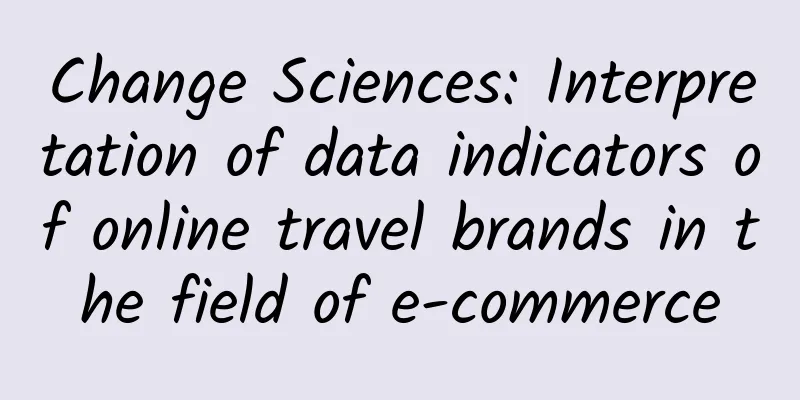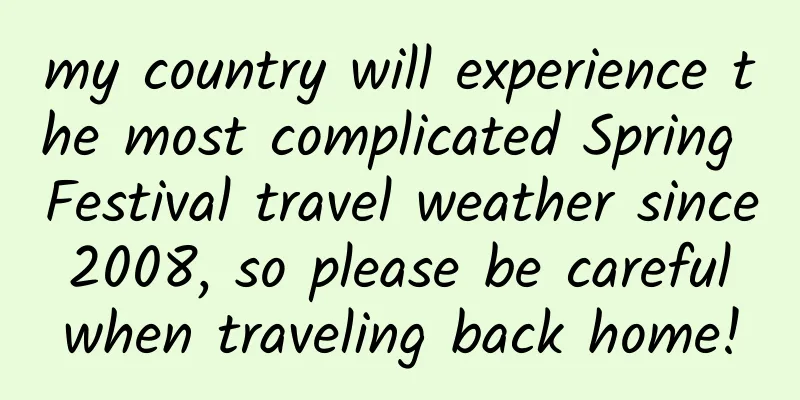Change Sciences: Interpretation of data indicators of online travel brands in the field of e-commerce

|
A survey report analyzed the performance of online travel brands in a series of important indicators in the field of e-commerce. The results showed that leading OTAs Expedia, Travelocity and Orbitz achieved the best performance. The survey report from web analytics company Change Sciences compared travel websites with brand websites in other fields in terms of usability, interactivity and conversion rate. Usability of travel websites The screenshot below compares the travel site’s user experience scores with other sites in the Change Sciences database. The X-axis shows the website's usability data, the Y-axis shows the website's conversion rate data, and the spheres in the chart represent the website's score in terms of interactivity. Expedia, Orbitz and Travelocity are the top performing travel sites in terms of usability and conversion rate. The difference between these three OTAs and companies such as Priceline and Airbnb on the chart is worth noting. Availability vs. Task Operation Time The screenshot below compares the performance of the travel site with another group of similar sites (light blue dots), some of which (like the travel site) allow users to choose between similar products based on a series of factors. In terms of task operation time, there are huge differences between travel websites. This chart shows that travel websites still have a lot of room to improve overall usability and reduce the time users spend on completing a task. Usability vs. Interactivity vs. Conversion Rate Travel websites that are easier to use are likely to have higher conversion rates, as shown in the chart below. Websites that score between 60 and 80 on usability are mostly concentrated in the higher conversion portion of the chart. The same applies to travel sites that score higher on interactivity, with sites scoring between 45 and 65 on interactivity also mostly concentrated in the higher-converting part of the chart. Problems facing websites in terms of usability The following figure shows some of the top usability issues faced by travel websites. Websites that do not provide strong visual cues about user preferences (such as price) or do not provide the ability to filter based on price or location are considered low-value websites. Interactions between different user groups Influential users – the most active social media users – are most likely to read and write reviews and are 15% more likely to book a travel product or hotel room than the average user. Opinionated users – the least active on social media – are least likely to be influenced by content such as reviews, testimonials and photos. The following screenshots reflect the behavior of different user groups on the website. (Wing compiled) via: traveldaily |
<<: Weitao, Weibo, and WeChat: How do mobile e-commerce companies operate the “three micros”?
>>: Seven major e-commerce and online marketing trends in the cosmetics industry in 2013
Recommend
The efficacy and function of grapefruit leaves
The medical value of pomelo leaves is beyond our ...
Seamless transition from winter to summer, down jackets are not put away yet and we have to wear them again? A new cold wave is coming
Recently, with a "super warming", many ...
White atractylodes, white peony root, and white Poria cocos for removing spots
Atractylodes macrocephala, white peony root, and ...
Cool fact: The cotton swab used for nucleic acid testing is not actually a cotton swab!
Audit expert: Gu Haitong Deputy Chief Physician, ...
The efficacy and function of Korean ginseng
Korean ginseng is a natural health supplement tha...
What are the effects and functions of Cynomorium songaricum
In our lives, many people pay great attention to ...
The efficacy and function of Yangtian Zhonggen
As a traditional Chinese medicine, Yangtianzhong ...
Hitwise: French travel website rankings for the week ending November 19, 2011
In the French travel website rankings for the wee...
The efficacy and function of Gonglaozi
The nutritional value of the Chinese medicine Mer...
Who is "obstructing" forest carbon storage? It's the microorganisms in the soil!
Popular Science Times (intern Wang Yuke) Forests ...
What are the effects and functions of grinding disc grass
Grinding grass is actually a sub-shrub herb, but ...
The efficacy and function of Legoli
Leukoli is a very common Chinese medicine and is ...
What's going on with the repeated explosions in hit TV series?
Recently popular drama "Beginning" Ther...
The woman's eyes were dry and itchy, and she found that they were full of "worms"! Be alert if you have these symptoms
Expert of this article: Li Zongou, Master of Opht...
It changed color and also changed gender...
Welcome to Northern Plants. Today I will introduc...









